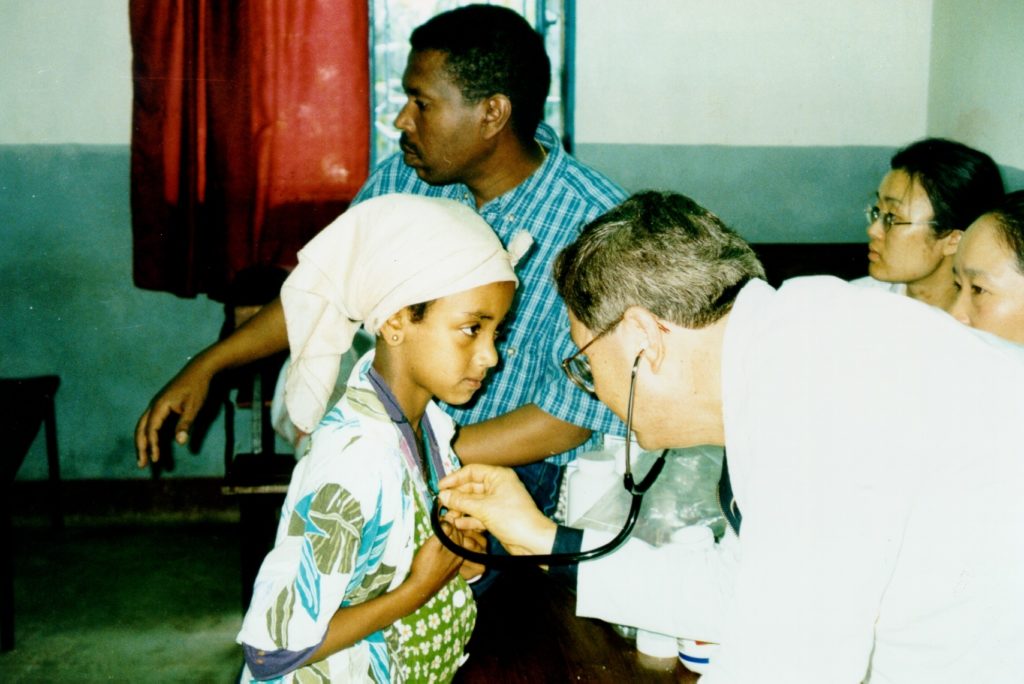The Peninsula
The Korea International Cooperation Agency Turns 25

By Jenna Gibson
Twenty five years ago today, South Korea established the Korea International Cooperation Agency (KOICA), officially cementing its unprecedented transition from aid recipient to donor.
It’s a story that Koreans are rightly very proud of – in the 1960s, still reeling from the Korean War, the country’s per capita income was less than $100. It is now more than $25,000.
Part of the story is the famous Miracle on the Han River, which emphasized industrialization and manufacturing, creating an export-oriented economy that propelled Korea into the developed world.
But part of the story was the crucial development assistance provided by the international community in the wake of the war. In today’s dollars, South Korea accepted $44 billion in grants and loans throughout its development process (1945-1999). Korea was officially removed as a recipient of international aid in 2000, and it joined the Organization for Economic Co-operation and Development’s Development Assistance Committee as a donor in 2009.
Established in 1991, KOICA became the face of Korea’s emergence as an aid donor. The organization distributed $10.7 billion in official development assistance from 2001 to 2013. They supported 213 projects in 54 countries around the world in 2015. And after Korea played host to hundreds of Peace Corps volunteers in the 1960s and 70s, KOICA now runs the World Friends Korea program, a Peace Corps-inspired volunteer project that has dispatched more than 10,000 volunteers since its inception in 2009. (If you are interested in hearing more about Korea’s development and aid, click here to listen to our interview with two Peace Corps volunteers who served in post-war South Korea).
Other projects include providing training for policymakers and officials from other countries to learn about Korea’s development successes, as well as provide funding for infrastructure and capacity-building projects. They even have a taekwondo program, in which taekwondo instructors serve as trainers for bodyguards, soldiers and police officers around the world as well as participating in cultural events and showcases. One volunteer, dispatched to Peru in 2008, coached the country’s national team and helped Peru bring home its first international Taekwondo medals.
With the UN’s new Sustainable Development Goals in mind, KOICA has set its sights on improving access to education for girls, fighting infectious diseases, and combatting climate change. “We envision becoming a development cooperation platform that works to initiate a new era of global happiness,” its mission statement reads. It’s a lofty goal, to be sure, but considering how far Korea has come, it may not be out of reach.
Jenna Gibson is the Director of Communications at the Korea Economic Institute of America. The views expressed here are the author’s alone.
Photo from newflower’s photostream on flickr Creative commons.
